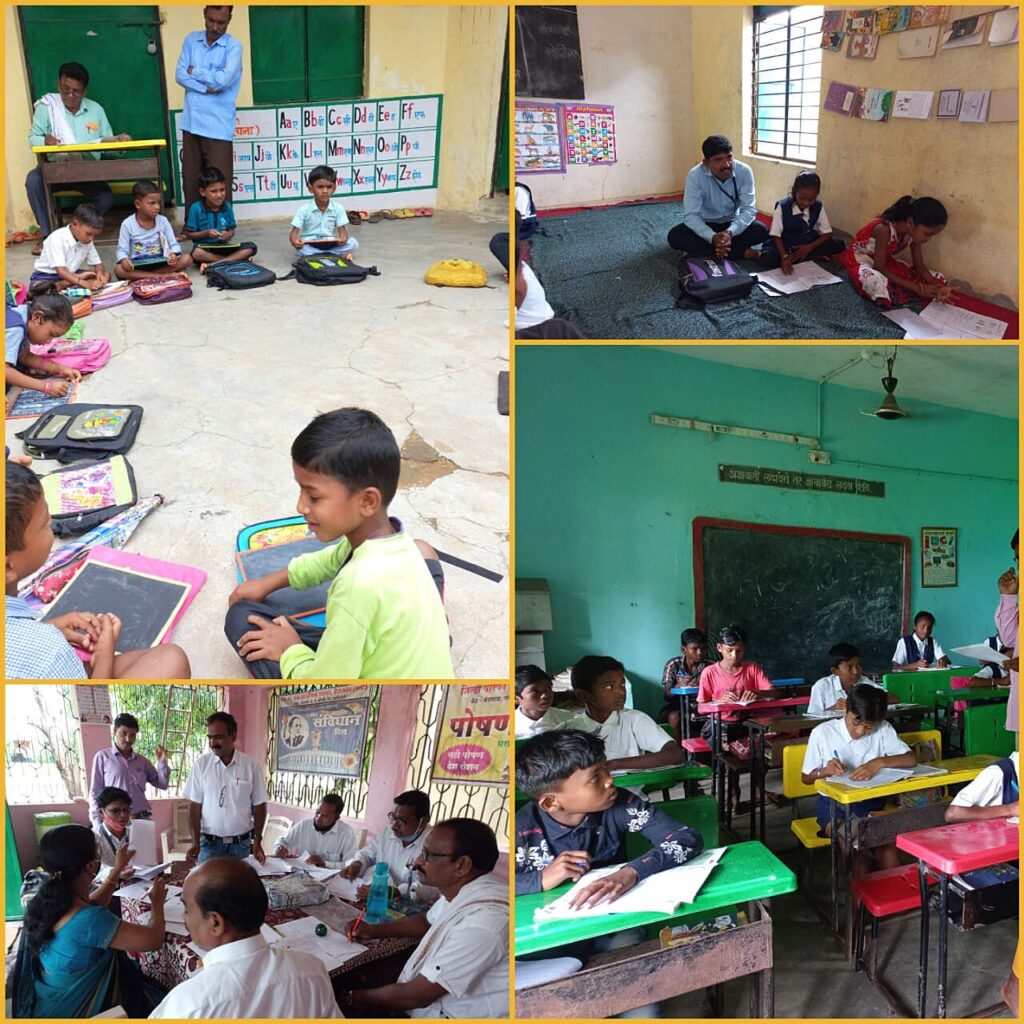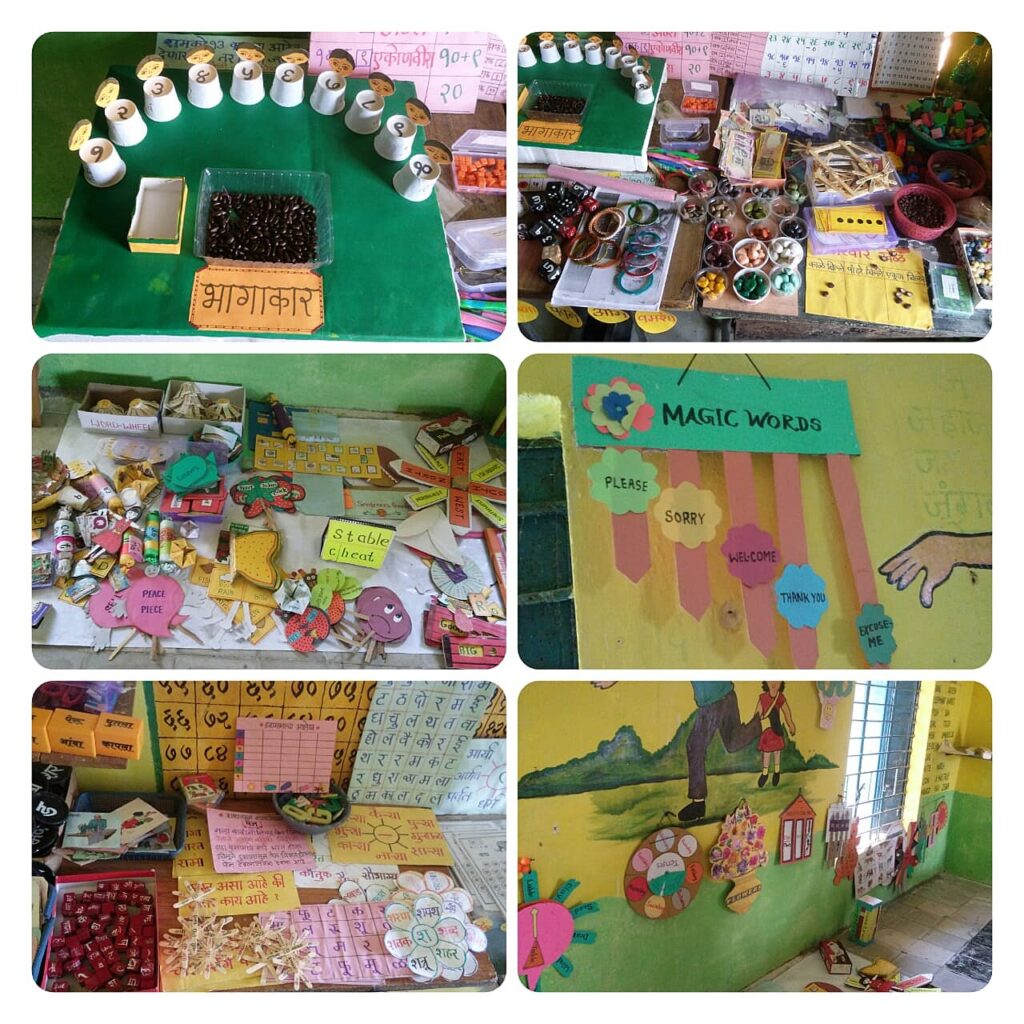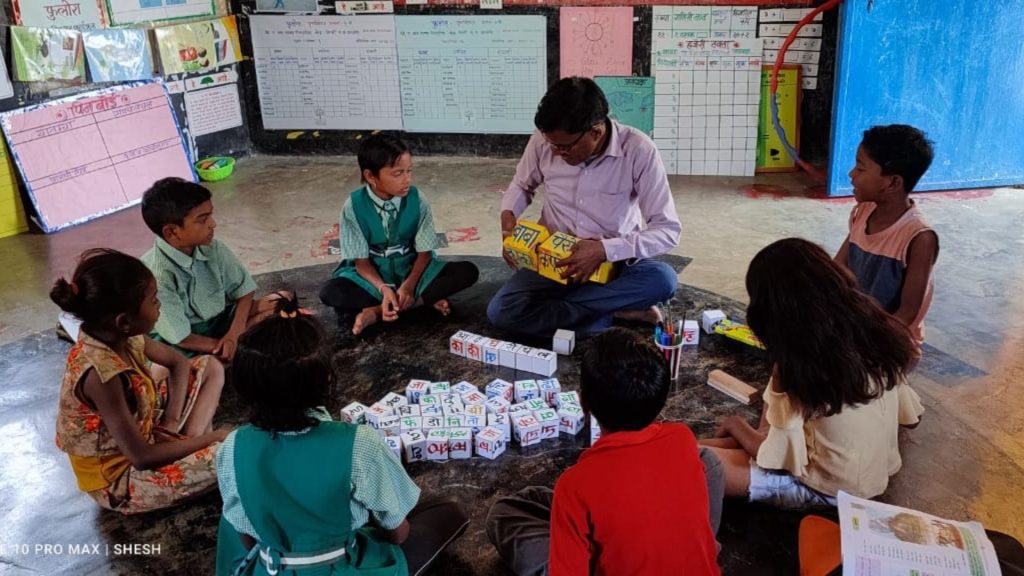One of the most backward districts of Maharashtra, Gadchiroli, is experiencing a forward-thinking initiative these days. 2016-batch IAS officer, Kumar Ashirwad, has introduced an activity-based learning method for children studying in classes 1-7 in all the government schools of the district.
This is a new way of learning, something rarely applied anywhere in the country and has the potential to make children learn easily and create a strong foundation of basics. The initiative has been named ‘Fulora’ and it is a boon for students living in a place like Gadchiroli, which is a part of the Red Corridor and consists of a large population that belongs to the Primitive Vulnerable Tribal Group (PVTG).
NASHIK MODEL REPLICATED IN GADCHIROLI
Speaking to India Masterminds, Mr. Kumar Ashirwad, who is the CEO, Zila Parishad, Gadchiroli, said, “I noticed while working in Nashik and Gadchiroli that students studying in government schools are very poor when it comes to the basic foundation, that is reading, writing and arithmetic. During my posting as the SDM and Project Officer of the Tribal Department in Nashik, I interacted with a lot of tribal ashram schools and found out that students are not interested in studying. Around the same time, I found out about QUEST, an organisation which is based out of Palghar district, which had pioneered activity-based learning in India. I went to that organisation and stayed with them for two days, learning their method of teaching children. Then I started implementing that method in schools in my district.”

After successfully implementing it in Nashik, Mr. Ashirwad replicated it in Gadchiroli after he was posted there as the Chief Executive Officer, Zila Parishad.
COMPLETING TWO PHASES
Fulora is an intervention to improve basic competencies in Marathi and Mathematics by employing activity-based learning in the classroom. The activities are conducted by considering the level of the students which are defined after thorough analysis of the baseline/pre-intervention test. The project is designed in such a way that rigourous monitoring and continuous follow-up of schools, teachers and students can be done.


To start the initiative, the officer called the Quest team and master trainers of Nashik to Gadchiroli. The best five teachers in the district were first provided the training after which they trained other teachers in all the 12 Talukas.

Under phase one, the district administration reached out to Fulora in 336 schools and engaged 409 teachers. This in total impacted 17,977 students. Whereas, in phase two, the administration reached out to 344 more schools where 902 teachers were engaged, and 17,756 students were impacted.
The students are divided into three levels and tests are conducted every three months. The administration is also in the process of launching Fulora app, under which every student will be given a score.

Apart from this, Fulora workbooks have also been introduced, which consist of direct translation of students’ activities into calculation or words. Up till now, two tests have been conducted of Phase 1 students and one test of Phase 2 students. A positive change is already clearly visible in all the students. However, because of the state experiencing a rise in Covid cases, the schools have been closed once again and so Fulora initiative has also come to an abrupt halt.

“Due to the new Covid variant Omicron, schools have been shut and the project has also come to a halt. We were expecting to cover 1000 schools till March and the rest of the schools by June/July,” Mr. Ashirwad said. Once the cases abate and schools reopen, he hopes to continue with the good work more vigorously to make up for the lost time.

































